The trees in Froghall Drive
Froghall Drive Tree Subgroup
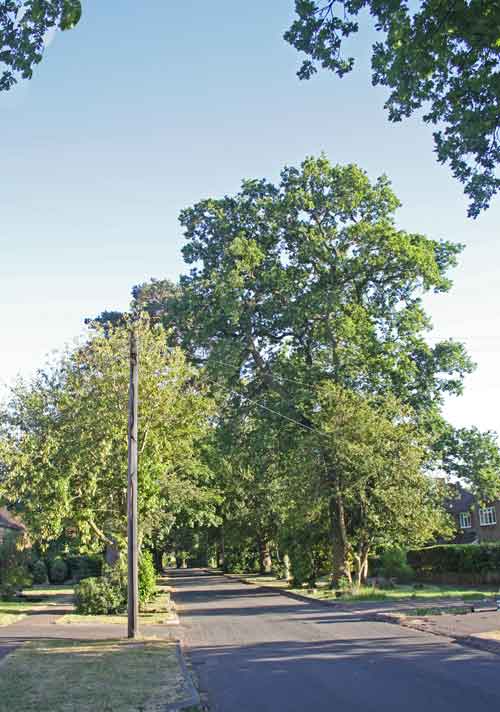
Following the 2018 AGM, where concern was raised by residents about the condition of trees in the Drive, a tree subgroup was formed to survey the trees and produce guidance notes for residents. This page has been taken from the advice document written in January 2019 by the subgroup.
Tree disease
Trees are subject to fungal and bacterial infections as well as attack from insects and animals such as squirrels. Look for dead branches, leaf browning and dieback, leaves dropping in numbers during the growing season, early autumn colour, peeling bark, fungal bodies or a dark liquid oozing from the trunk. More guidance can be found at this Woodland Trust site.
Horse chestnuts in Wokingham are infected with leaf miner which causes brown patches on the leaves and later leaf loss. It is unsightly but poses no immediate danger to the safety of the tree although its life is shortened. Do not notify the Council. Horse chestnuts can also suffer from bleeding canker where a dark liquid oozes from the bark. Here is more information on bleeding canker. WBC and FDRA should be informed.
Ash trees all over the country are threatened with ash dieback. If seen, then WBC and the FDRA should be notified immediately.
The Drive also has a silver birch and several conifers but neither species is thought prone to any killer diseases.
The most serious fungal infection is that of honey fungus. The fruit body is a gilled mushroom (it has a central stem, cap and gills) and typically grows in clusters at the base of trees. The cap is light brown, darker towards the centre with a long stem that can vary from white to brown. The gills are white to pinkish brown. The fruiting bodies appear in summer to early winter and the fungus spreads through the soil and above ground via its spores. More information on honey fungus here. If you see this on a living roadside tree you should notify the council and the FDRA immediately. The fungus may be present even in the absence of mushrooms, so look for leaf dieback, dead branches or other signs of ill health. The white mycelium may be seen under the bark.
Ganoderma is a bracket fungus appearing at the base of the tree. It is relatively slow acting but damaging in the long term and has led to the removal of an oak outside No 25, where the inside of the tree had decayed, and the loss of the tree outside No. 29 during storm Eunice in February 2022. Remedial work cannot cure the disease but seeks to make the tree safer by removing dead branches and reducing its height. The Council should be informed, and may choose to inspect the tree.
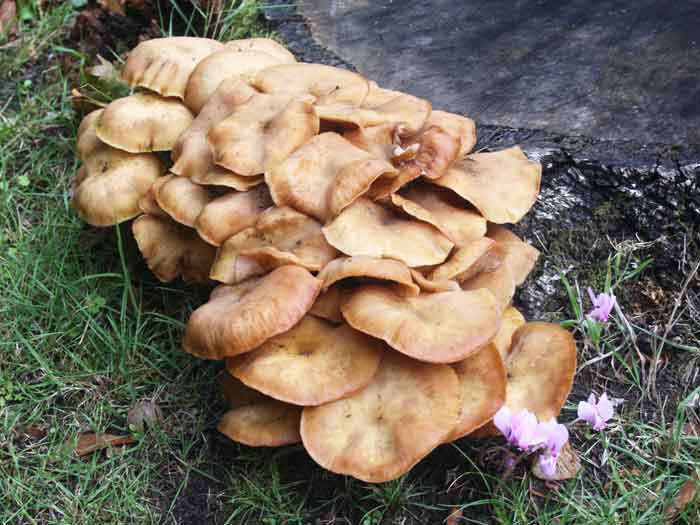
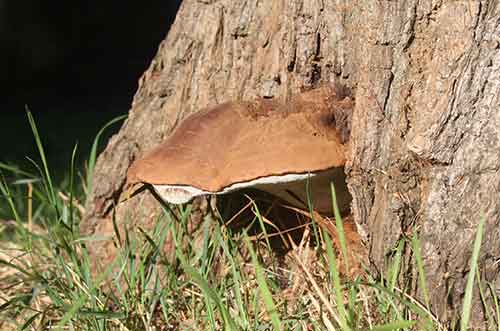
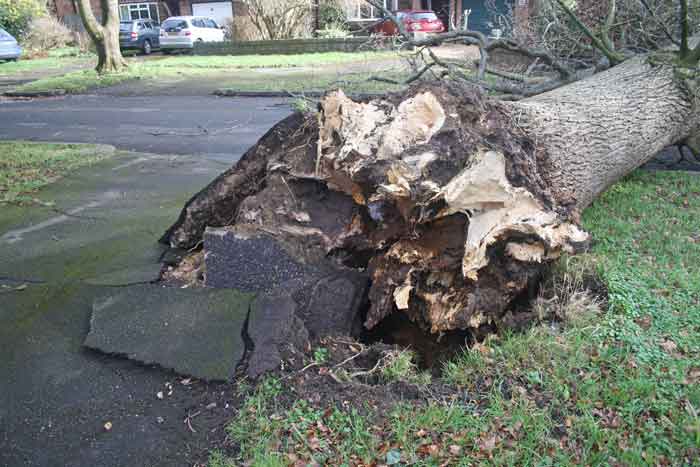
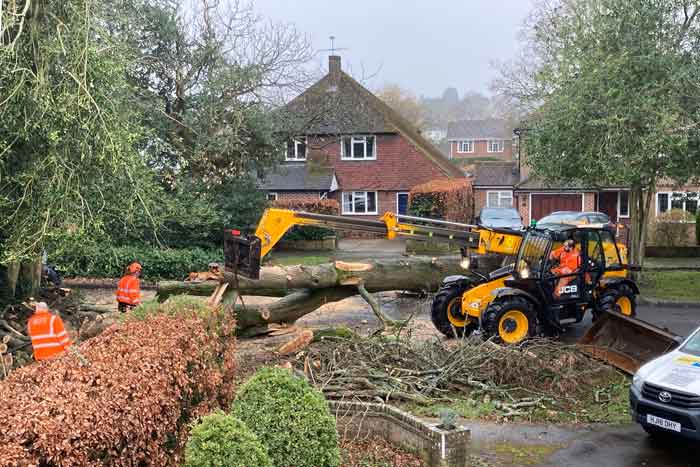
If you see anything of concern contact the FDRA. You can do this by emailing Froghall Help.
Looking after the trees
There are some people on the Drive who have experience with collecting data that will help deal with the WBC or qualified arborists.
Residents have been successful in getting necessary work undertaken and we have found that the best course of action is to arm the affected resident with good information and for them to put a strong case to the Council.
In terms of replacing trees in the Drive, a strong case will be put to WBC to find a replacement if nearby residents agree. Any replacement should enhance and gap fill but not overcrowd the tree population. In special circumstances where attempts have not been successful, the FDRA will explore options on behalf of nearby residents for replacement.
You may also find the Wokingham District Veteran Tree Association website to be of interest. The organisation works to ensure that Wokingham's veteran and other significant trees are properly identified, protected and managed - and to increase public awareness of their beauty and contribution to the town's heritage and amenity.